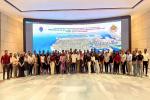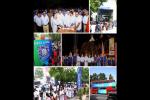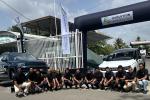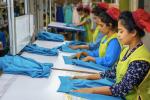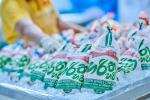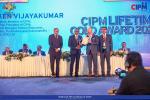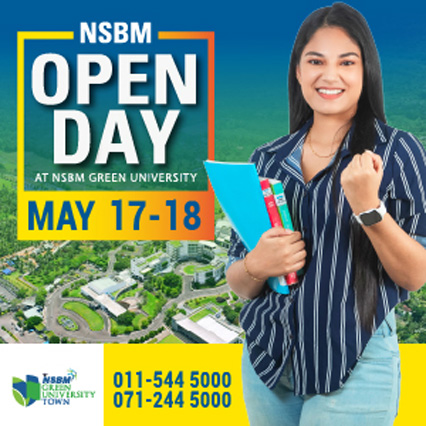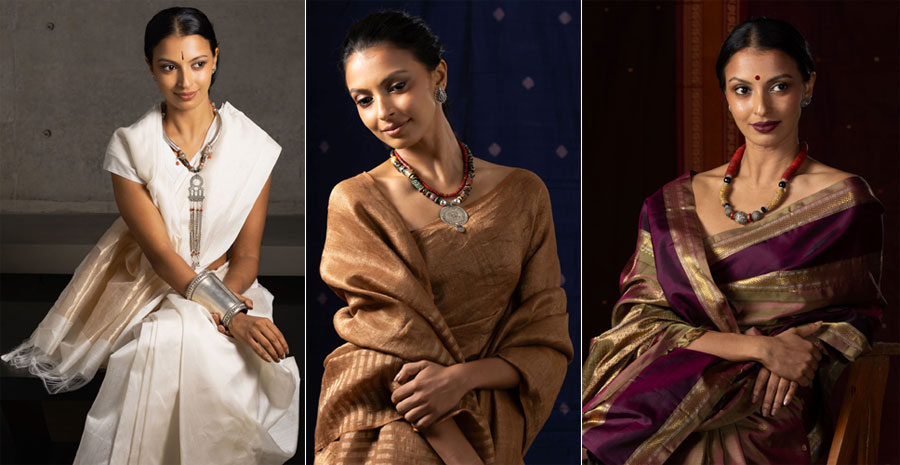Rithihi which has often had designers of eastern wear launch their latest collections with a series of Rithihi Textile Talks, ventures into the space of bespoke jewellery with jeweller, designer and historian Rashantha Devanesan launching her Kadambari Trade Bead Collection with a talk on the 12th at the Rithihi Store on Beads, Mantai & Martime Trade Routes.
The tales of beads in ancient cultures and histories are fascinating.
The fact that one of Sri Lanka’s ports known as Mantai – today known as Mannar – was a vibrant trading hub and part of the Silk Route of the Sea adds to the mystery and magic of beads, “because beads were used as currency in ancient times,” says Rashantha.
It is her love for history, cultures and antiques that set her on a path to delve into the story of beads.
This signature Kadambari collection – each unique – holds beads with intriguing stories, adding to its significance in trade, maritime and culture.
“Jewellery narrates tales through time– tales of roots, history and people from the Middle Ages,” explains Rashantha, picking vignettes from her talk on the 12th.
“The beads used in this collection bring stories from around the world – from Venice to Italy to Mexico, Morocco, Bali and Iran. But the highlight is the Nil Gedi from Sri Lanka – handcrafted vibrant blue beads which held its own as a substitute for blue sapphires hailing from a lively bead making industry in Ruhuna, Trincomalee, Anuradhapura and Polonnaruwa.”
Adding beads into handbeaten Moroccan and Indian silver, repurposed elements from Kandyan jewellery, portal jewellery that bridges this world to the other, Jatim beads sourced from East Java, Hebron beads that chronicle tales of the Red Sea and recycled vinyl records made into vinyl beads with magnificent Millefiori beads added for pizzazz, this Kadambari Collection is a journey of discovery, exploration and a captivating narrative.
With the launch of this collection which in store from the 12th of September, Kadambari jewellery will be a continuous feature at Rithihi, with part proceeds of this collection being contributed to the SUNERA Foundation for its workshops in the hill country.





